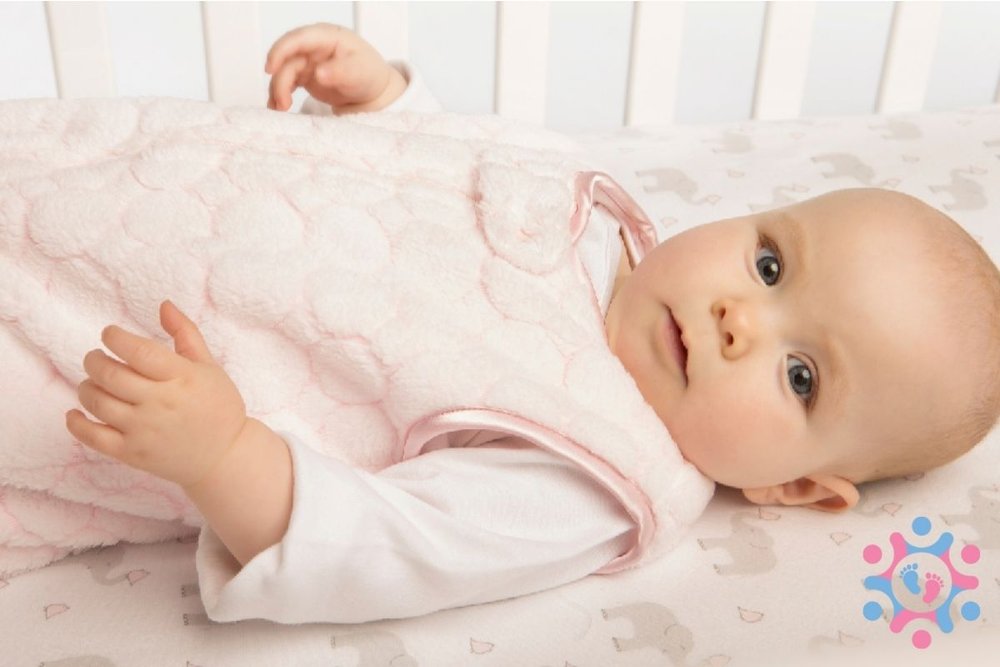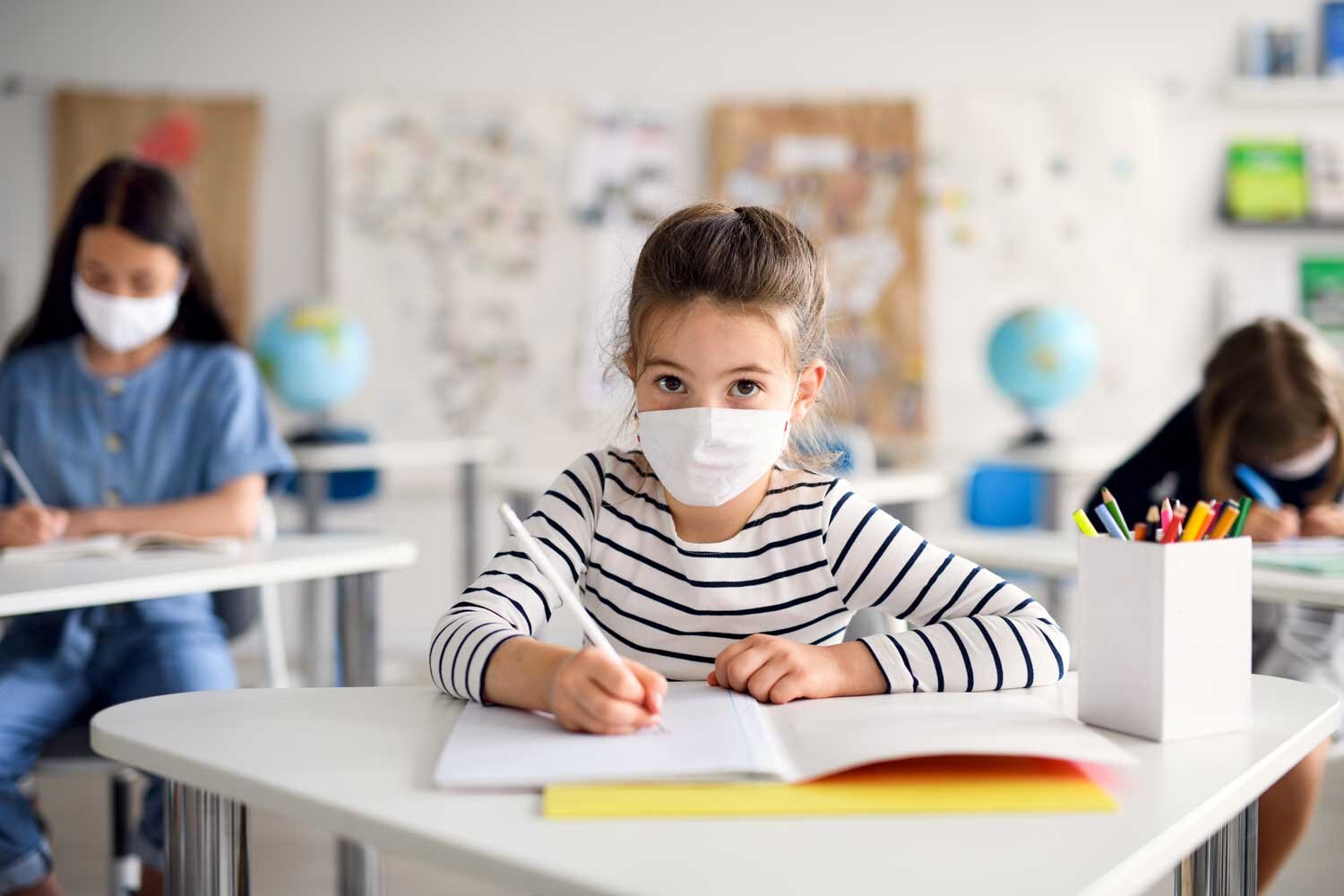Snug as a Bug – A Parent’s Guide to Safe Sleepwear for Newborns, Infants and Toddlers

The age-old saying goes, “Never wake a sleeping baby.” But, why? Because sleep is essential for your baby’s growth and development.
According to the Centers for Disease Control and Prevention, babies and toddlers spend almost half of their day sleeping. That’s a lot of sleep!
Knowing that your newborn, infant, or toddler will be spending a lot of time in their bassinet, crib, or toddler bed, it’s important to consider the following factors when deciding how to dress your baby for slumber to make sure they are comfortable and safe.
Newborns
The American Academy of Pediatrics (AAP) recommends that during hot weather (over 75 degrees Fahrenheit) that you dress your baby in a single layer, such as a cotton onesie and diaper, to sleep in during the day and at night. In colder weather with temperatures under 75 degrees, additional layers are necessary. Breathable newborn baby pajamas made from materials such as cotton or muslin can be used along with a sleep sack.
Using a receiving blanket to swaddle your newborn in the first few weeks after birth will help keep your baby warm and provide a slight pressure around their body that gives most newborns a sense of security. To learn how to swaddle correctly, follow these AAP guidelines.
PJs or swaddles that snap or sip down both legs are convenient for late-night diaper changes. Make sure these fit correctly to allow for movement without excess material gathering around the face. Stray away from clothing with buttons as they may come loose, and don’t use pacifier clips.
Infants
Your baby becomes more mobile by six months of age. You’ll watch them in awe as they begin to roll over in both directions—front to back and back to front. Once you witness their attempt to start rolling—sometimes as early as two months old—you should stop swaddling. According to a study published in Pediatrics, swaddling may help a newborn sleep on their back, but should they roll over, the combination of swaddling and stomach sleeping increases the risk of Sudden Infant Death Syndrome (SIDS).
If your child likes feeling snug, sleep.org advises you to replace swaddles with a wearable blanket, which are also referred to as sleep sacks and sleep bags. Sleep sacks leave your baby’s arms free while still covering their torso and legs. In addition, because sleep sacks are worn and not loose like blankets, there is little risk of the baby’s face becoming covered during sleep.
Toddlers
Toddlers wiggle, so short or long two-piece pajamas or footed onesies are good sleepwear choices to keep them covered and comfortable throughout the night. Also, by law, children’s pajamas must comply with the Consumer Product Safety Commission’s regulations to either be snug-fitting or made from materials that pass specific flammability tests. When shopping for your toddler’s sleepwear, check tags for chemical fire-retardants as these may irritate the skin. Select tight-fitting pajamas that still allow a full range of motion when possible.
At this stage, toddlers may use blankets, according to AAP.
With the right sleepwear, you can ensure a safe night of rest for your child that will help put your mind at ease so you can get some well-needed shut-eye (when you can)!


